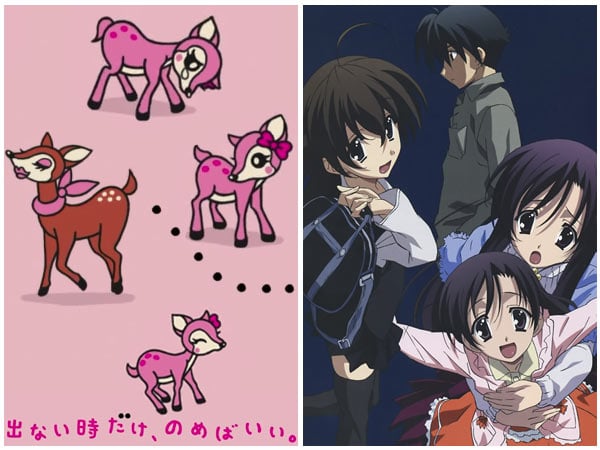
J-List has been in business since 1996, a long time if you think of it in “Internet years.” I started the company because it was clear that the world had changed forever when the Internet arrived in a big way in the early 90s, and I knew of the deep fascination most people had with Japan because I shared it, too. We got our start selling used J-POP CDs on Usenet (J-List stands for “the Japan list” because our products were recorded in a giant list saved in Excel), and quickly expanded into doujinshi, anime figures, and Japanese snacks. Over the years, our business has naturally changed quite a bit. Companies we worked with often went bankrupt, and the music CDs we used to sell gave way to iTunes Japan prepaid cards. Truth be told, there was a time when toy distributors in Tokyo weren’t overly happy to see a foreigner walk in, as it usually meant having to deal with language barrier issues, but as Japan’s decade-long recession wore on they were soon happy to have gaijin customers come in to make large purchases. One J-List product category that was popular for years was ero-hon, adult magazines that presented Japan’s AV actresses in amazingly beautiful photo spreads, promoting upcoming stars as well as letting fans know which glossy hardcover photobooks they should pick up that month. Sadly, the long history of these ecchi magazines is coming to an end, with the news that the venerable Bejean is ending its run after 31 years in print. The “sayonara, ero-hon!” farewell message in the final issue is enough to make me reach for a tissue…
Studying Japanese involves getting used to some new concepts, including learning to read non-Western characters (hiragana and katakana are quite easy to pick up) and becoming comfortable with sentences with the subjects omitted (because they’re clear from context). Another unique area of the Japanese language are the “counters,” special markers for counting objects based on their shapes, similar to the way groups of animals are named in English, e.g. a herd of horses, a flock of birds. The counter for flat objects like a sheet of paper or a sitting cushion is 枚 mai, resulting in ichi-mai, ni-mai, san-mai and so on, while machines like computers or cars are counted with 台 dai (ichi-dai, ni-dai etc.). One of the most common of these counting words is 本 hon, for counting long, cylindrical objects like sake bottles, samurai swords or trees. (Fun fact: 六本木 Roppingi means “six trees.”) Foreigners are likely to use this word when counting chopsticks, since they’re the right shape, but the counter for a pair of chopsticks is actually 善 zen, a word which Japanese themselves are often too lazy to use. Being a foreigner, I always go out of my way to use the correct counting word, saying something like お箸、一膳もらえますか?o-hashi, ichi-zen moraemasu ka? (“could I have a pair of chopsticks?”), mainly because Japanese don’t expect gaijin to get this word right and I like to surprise them.

At J-List, we love Sailor Moon and spend several hours each day searching for awesome products to find for our customers. We’ve got all theanime figures, the pens and pointers, plush toys, 2015 schedule books, stickers and more, including a couple items that let older fans “fight evil by moonlight.” Browse the top Sailor Moon products now!















